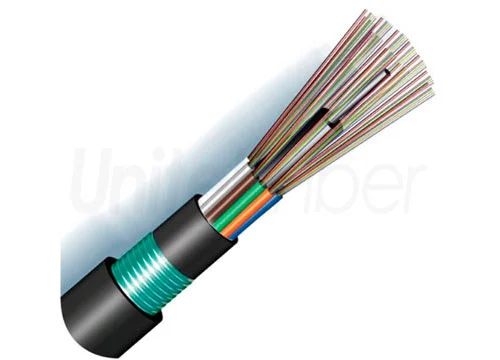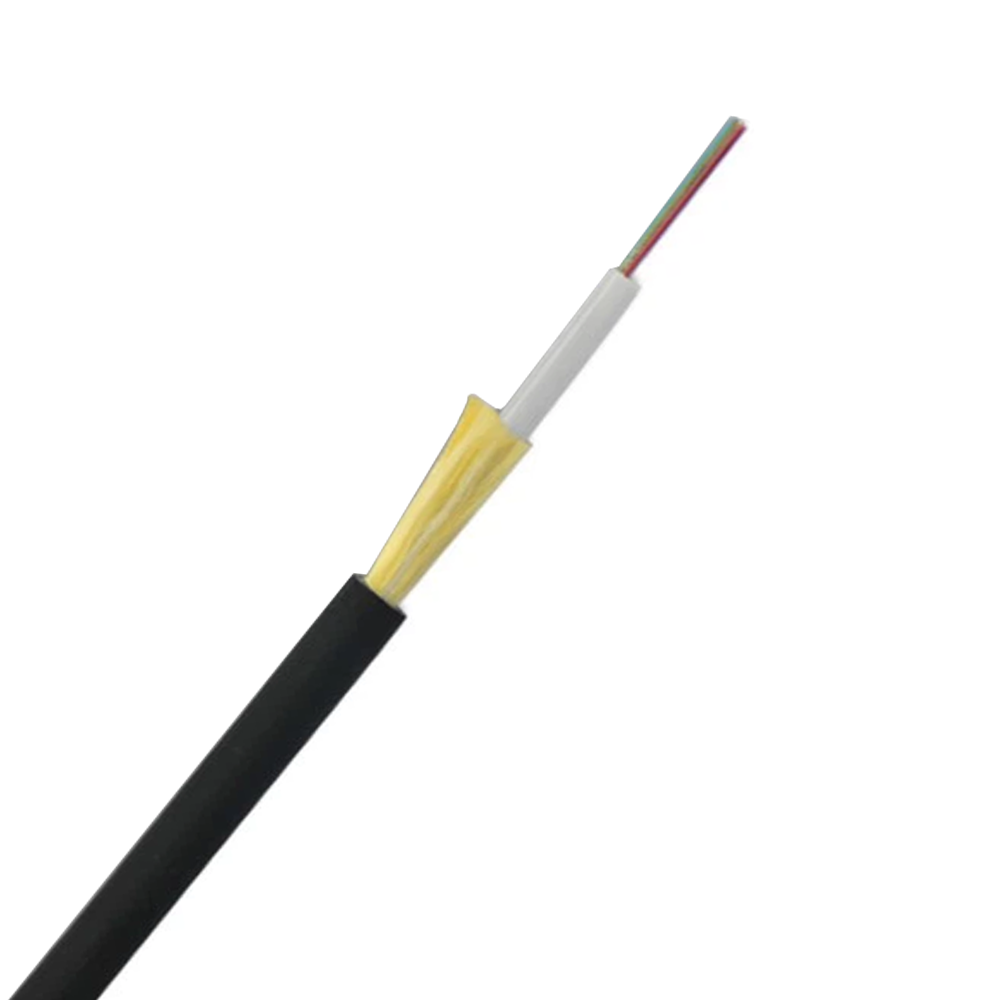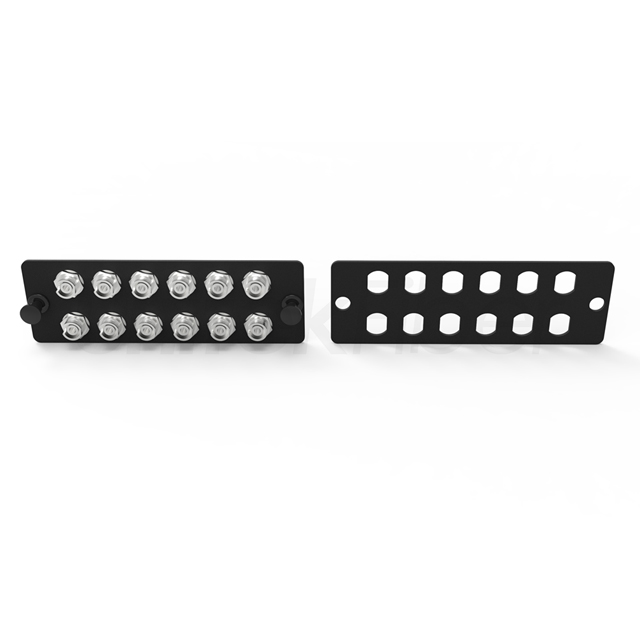
Since the establishment of the 40GBASE-SR4 and 100GBASE-SR10 standards in 2010, many people regard 24-core connection as an ideal network migration solution for data centers. Compared with 12-core fiber optic cabling, the use of 24-core fiber patch cord can save half of the space and reduce the number of fiber optic cables required. As a result, the number of fiber cable channels required is reduced accordingly, making the data center easier to manage. Although the 24-core MTP/MPO fiber optic jumper solution is being welcomed by most people, many people still don't really understand MPO/MTP connection. Below we briefly cite two error-prone concepts about the 24-core MPO/MTP connection.
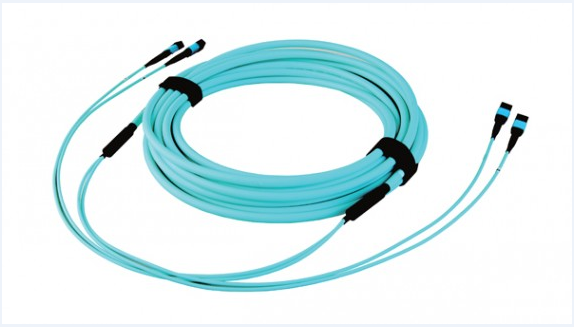
Point One in MPO/MTP Cabling
The new standard stipulates that the number of fiber cores required for a 100G network connection will be reduced compared to the 20-core fiber jumpers commonly used today. Therefore, many people will think that 24 core connection is not necessary. At this stage, the 100GBASE-SR10 standard defined by IEEE802.3ba stipulates that 100G networks must use 10-channel multimode optical fiber for transmission at 10Gb/s. Compared with the previous standard, the number of channels used has been reduced. From this point, we can see that network technology has indeed made considerable progress.
At present, there is a new standard about the use of 4-channel multi-mode fiber for transmission at 2.5Gb/s. This standard only requires 8 fibers (four for sending data and the other four for receiving data). It is the same as the current 4OGBASE-SR4 standard. This also means that the 12-core MPO/MTP connector can support a single 100G channel. However, it is very unreasonable to use a 12-core MPO/MTP connector for a transmission channel that only requires 8-core optical fiber, because this will cause the idle waste of the other 4 cores. Therefore, we usually choose another solution to replace it, connecting a 24-core MTP connector with three 8-core 100G transmission channels on a jumper, so as to optimize resource allocation. Connect three 8-core 100G transmission channels on each jumper, so that each fiber can be used reasonably.
If the above example is not enough to convince you, then let us look at another example. If you need to use the 4*2.5Gb/s transmission standard to support the transmission of 12 100G channels, and if you choose a 12-core MPO/MTP connector, you will need 12 less connectors and a total of 144 fiber cores. Although this can also achieve the transmission effect we want, it will cause 33% of the optical fiber to be wasted. However, the use of 24-core connectors can optimize resource allocation to the greatest extent. Only four fiber jumpers (96 fibers in total) are needed, and all cores can be used. In this way, the 12-core MPO/MTP connector increases the investment cost, which is contrary to the design intent of the data center infrastructure system.
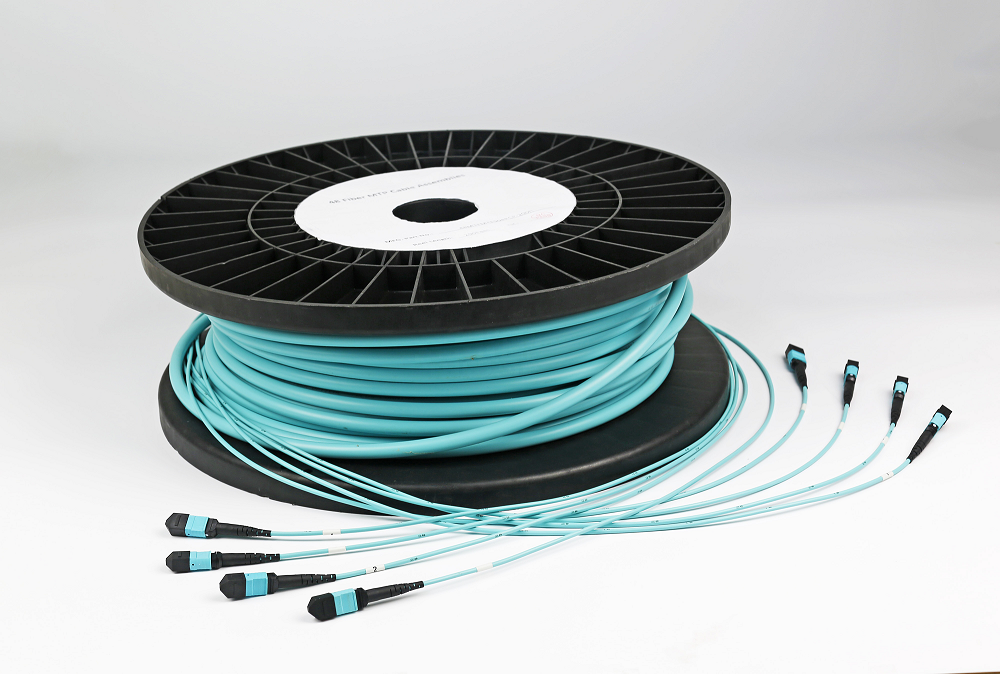
Point Two in MPO/MTP Cabling
Some people believe that more fiber cores will result in more insertion loss, so 24-core connectors are not as cost-effective as 12-core connectors. Indeed, in the jumper deployment of the data center, the insertion loss is a key parameter. In an optical fiber system, if the insertion loss is small, the data transmitted is more accurate. For example, the 40/100GbE standard defined by IEEE802.3ba stipulates that the insertion loss of OM3 fiber must be controlled within 1.5db within a transmission distance of 100M. If the insertion loss increases, then this means that the data transmission distance will be shortened. However, with the current trend of using distributed access/aggregation switches in data centers, the backbone will be shortened. However, with the current trend of using distributed access/aggregation switches in data centers to increase, the trend of extending the backbone network by 100M has declined.
Some people mistakenly believe that more fiber cores will lead to more insertion loss, and use the phenomenon that a 24-core connector has a loss of 0.5db to support this view. In fact, whether it is a 12-core MPO/MTP connector or 24-core MPO/MTP connector, the loss specified by the industry standard is not more than 0.5db. What’s more, if the correct polishing technology is used, the performance of the 24-core MPO/MTP connector and the 12-core MPO/MTP connector is almost the same.
The MPO/MTP connector provided by Unitekfiber is of low insertion loss, which is consistent with the insertion loss of 12-core MPO/MTP components. Its components are in strict compliance with the IEEE802.3ba standard, and the reduction in insertion loss enables data transmission to be farther. This also shows that the number of cores cannot be used as a criterion for considering the performance of the connector.
Shenzhen UnitekFiber Solution Limited is a national high-tech enterprise focusing on R&D, manufacturing, sales and service of optical communication passive basic devices. The company’s main products are optical fiber patch panels, Fiber Optical Cables, Fiber Patchcords, WDM wavelength division multiplexers, PLC optical splitters, Optical transceivers and Industrial switches, and other optical passive basic devices that are widely used in fiber to the home, 4G/5G mobile Communications, Internet data centers, national defense communications and other fields.If you need more information or support on fiber optical products, please don’t hesitate to contact us sales@unitekfiber.com, we will try our best to support you.

